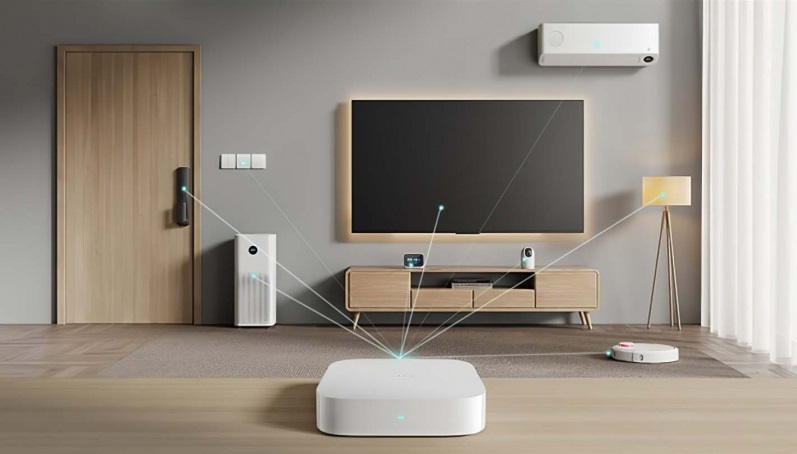There has been a great shift in one specific area of tech that simply has not received its due attention in the media alongside the rise of contemporaries like capable smartphones, powerful PCs and shrunken electronics.
That area is right in your home. The entire concept of a smart home used to be reserved for science fiction where a home became a living technological entity that you could speak to as it did chores and governed itself. While we weren’t looking, this happened.
To explain we recently had some experts in the field visit us. Those experts are Luke-Simon Pretorius, Senior Product Manager at leading South African tech distributor Syntech and Joey Lee, AIOT Manager at Xiaomi South Africa, a very familiar name in the country as just about every device you can think of has a powerful variant from Xiaomi.
“A lot has changed. Previously when you think of a smart home from something like a movie, you’re seeing a guy clap to switch a light on or opening a curtain remotely or changing a TV channel by voice. But now it has evolved so much more than that – smart home today is how you can control your house without actually being inside your house. For example let’s say I am at a braai, we’re all having a good time but it’s getting dark and in the past I’d need to rush home to feed the dogs and to switch on the lights so people think that the house is occupied. Today, instead I can sit on a couch at the braai and feed my animals remotely and I can even activate the alarm system and turn on music to make it seem like people are there… all of this without going home,” Pretorius explains to us.
Powerful functionality like this is one thing, but attainability is another. Xiaomi has been working to bring the high end functionality of advanced smart home products to South Africans with competitive local pricing.
Even with great availability and great pricing in the country, other aspects may drag down the prospects of the smart home, notably the need for an internet network and the complexity of the entire endeavour.
These are also areas where smart home tech has made huge advancements.
“A normal household in the city will only need an internet connection with a speed of between 20 and 50 megabits per second (Mbps) to connect around 20 devices and have them all working optimally. As you increase the number of connected devices you can also bump up your internet speeds, but it may not be required,” Lee comments on the internet requirements of the modern smart home.
Even the router that comes free with your internet subscription may be enough to get a smart home network up and running, especially when you consider that turning your home smart can be done piecemeal.
Unlike complex systems such as home solar, smart home products don’t need to all be bought and installed at once. You can try out standalone items like the aforementioned Xiaomi Smart Pet Food Feeder, or a Robot Vacuum or smart lighting, and go from there based on your needs. This is just another way that the entire smart home journey has been made easier, and cheaper, than ever.
To start this journey towards a truly smart home right here in South Africa, head on over to the Xiaomi product page from Syntech here, and keep an eye out at your favourite retailers for specials going into the holiday season.
Want more on top of that? Hear more discussion from us here at Hypertext joined by Pretorius and Lee in the most recent edition of the htxt.africast podcast.

